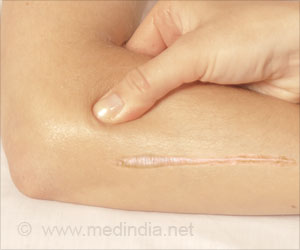Radon is a chemically inert, naturally occurring radioactive gas without odour, colour or taste. Radon is a natural radioactive gas that emanates
Radon is a chemically inert, naturally occurring radioactive gas// without odour, colour or taste. Radon is a natural radioactive gas that emanates from the ground into the air. Radon gas in the air is present worldwide, its concentration depending on the highly variable uranium content of the soil. Radon gas escapes easily from the ground into the air and emits heavily ionizing radiation called alpha particles. These particles are electrically charged and attach to aerosols, dust and other particles in the air we breathe. Thereby getting deposited on the cells lining and the airways where the alpha particles can damage the DNA and potentially cause lung cancer. In an effort to reduce the rate of lung cancer around the world ,The World Health Organization (WHO), is launching the International Radon Project to help countries reduce the health risks associated with radon gas and also increase public and political awareness about the consequences of exposure to radon. Radon is the second most important risk factor for lung cancer, causing between six and 15 per cent of all cases , however there is very little awareness of Radon as a threat to human health . Although the average exposure to radon varies enormously, recent studies have shown that, when exposed to a radon concentration of 100 Bq (Becquerels)/m3, a non-smoker’s risk of lung cancer by age 75 years increases by 1 in a 1000 compared to non-exposed persons. Among those who smoke and are exposed to the same radon concentration, the risk of lung cancer is about 25 times greater. The project initiated by WHO International is expected to run for three years (2005-2007). The first proposed is setting up a global network of radon scientists, regulators and policy makers to collaborate in the project. Working groups will focus on risk assessment, exposure guidelines, measurement and mitigation of radon levels, investigations of cost-effectiveness and risk communication. WHO guidelines based on this work will help national authorities to develop, promote and strengthen activities at country or regional level.The WHO says the fact sheets produced by them in the course of the Project will be a central communication tool to increase public awareness about radon. The WHO International Radon Project also aims to create a global radon database and provide improved global estimates of the disease burden associated with radon worldwide.






